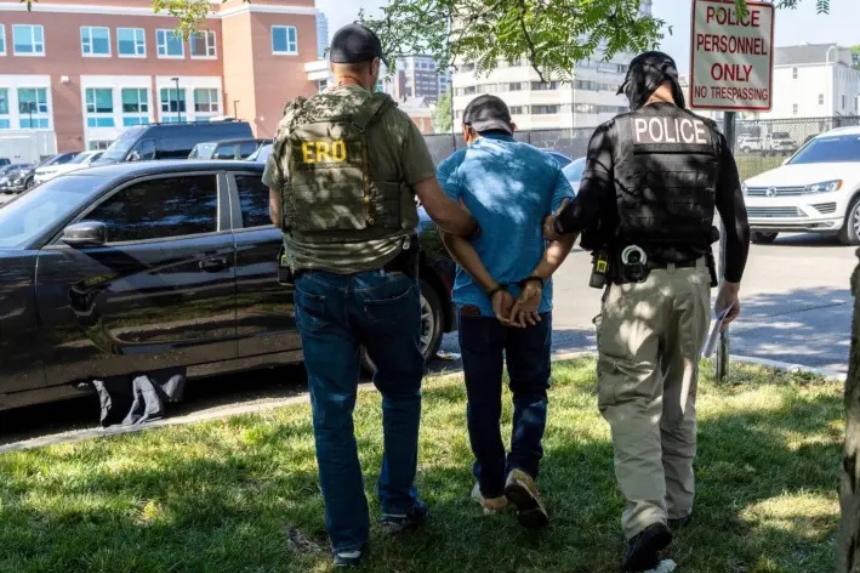The last surviving member of the RAF’s Dambusters squadron, which used special “bouncing bombs” against German dams in a series of daring raids during World War II, has died at the age of 101.
George “Johnny” Johnson was the last member of the 617 Squadron, whose 1943 raid became part of British wartime folklore.





